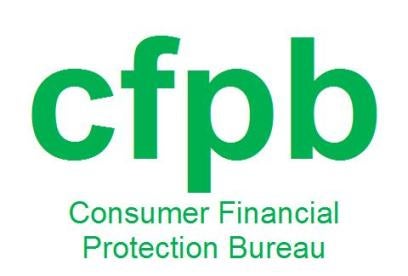Nearly two years after the TILA-RESPA Integrated Disclosure (“TRID”) rule went into effect (on October 3, 2015) and one year after the Consumer Financial Protection Bureau (“CFPB”) closed a comment period on a Notice of Proposed Rulemaking (“NPRM”) to adjust and clarify the rule, the CFPB’s modified TRID rule was published in the Federal Register on August 11, 2017 (the “2017 TRID Rule” or “2017 Rule”). An accompanying Detailed Summary of Changes and Clarifications was released on August 30, 2017.
The 2017 TRID Rule is effective October 10, 2017, and provides approximately one year for industry participants to comply. Specifically, compliance is required as to all aspects of TRID where an application is received for a covered loan on or after October 1, 2018. For transactions where an application is received before October 1, 2018, but consummation occurs after that date, compliance is still required with respect to escrow closing notices and partial payment disclosures. An optional compliance period between October 10, 2017, and October 1, 2018, allows for, among other things, phased-in compliance.
The CFPB’s Detailed Summary sets out the clarifications, confirmations, and changes reflected in the modified rule. For example, the 2017 Rule puts a finer point on what information must be disclosed on Loan Estimates and Closing Disclosures, clarifies how certain figures and dates should be calculated for those disclosures, confirms that TRID applies to all cooperative housing units (regardless of whether the state in which the housing unit is located treats cooperatives as real property or personal property), and sets out adjusted exemption criteria for certain housing assistance loans.
The 2017 TRID Rule, however, falls short of meaningfully addressing certain of the significant concerns voiced by industry participants during the comment period. Specifically, though industry trade groups and others sought guidance on the standard for assignee liability for TRID violations and specific TRID cure provisions and bona fide error defenses, the 2017 Rule does not touch on any of those topics.
Instead, the 2017 Rule attempts to clarify the applicable good faith tolerances set out in the rule. In its current form, TRID provides for a zero tolerance policy such that a Loan Estimate is not made in good faith if the charges ultimately paid by the customer, as listed in the Closing Disclosure, exceed the amount set out in the Loan Estimate by any margin. This is subject to certain exceptions, such as a 10% cumulative tolerance for increases in charges for third-party services and recording fees. The 2017 Rule attempts to clarify precisely how these tolerances apply and what categories of charges fall into the zero tolerance policy or its exceptions.
These clarifications may offer some modicum of comfort to creditors and assignees, but absent direct guidance on standards of liability and clearly defined cure and defense mechanisms specific to TRID, the threat of liability and litigation for TRID disclosure and tolerance violations still looms. TILA, from which certain of TRID’s provisions derive, provides for a private right of action, statutory damages, and the recovery of attorneys’ fees for successful plaintiffs. See 15 U.S.C. § 1640(a). As such, the threat of liability is real for industry participants doing their best to comply with a seemingly ever-changing TRID.
On that front, Congress is already taking the 2017 TRID Rule to task. On September 7, 2017, the TRID Improvement Act of 2017 was discussed during a hearing held by the Financial Institutions and Consumer Credit Subcommittee of the House Financial Services Committee. The bill has not yet been formally introduced but the discussion draft focuses on creditors’ ability to correct violations under the existing TILA cure mechanisms, which the CFPB has previously indicated should apply to TRID. See December 29, 2015 Letter from CFPB Director Richard Cordray to the Mortgage Bankers Association. The draft bill seeks to expand TILA’s 60-day cure period to provide creditors with 210 days to cure good faith violations. The discussion draft also contains a yet-to-be-drafted section titled “Guidance on Creditor Liability for Bona Fide Errors.” These proposed changes take direct aim at the cure and liability issues raised during the comment period that ultimately went unaddressed in the 2017 TRID Rule.
We will continue to monitor the progress of the TRID Improvement Act of 2017 and any developing TRID litigation. We would encourage industry stakeholders to engage with Congress on the draft legislation. In the meantime, industry participants should focus on compliance with the 2017 TRID Rule.



 i
i


